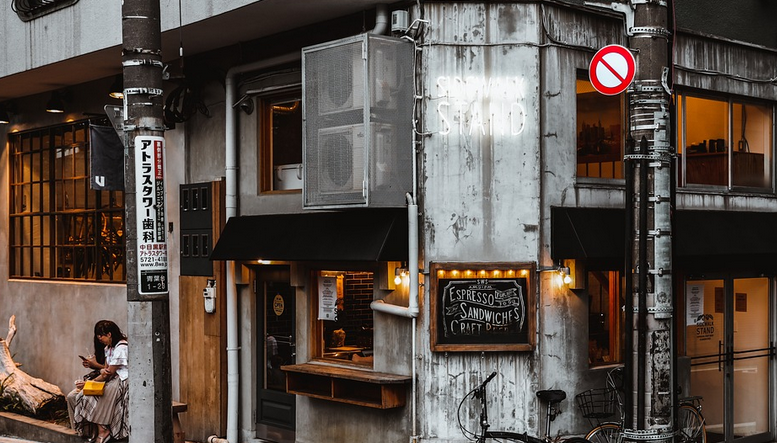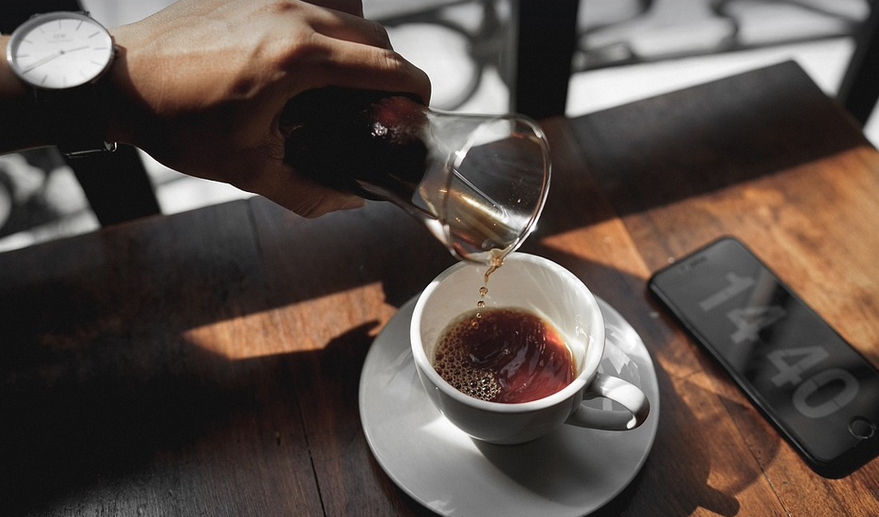Demystifying the Dining Space: A Guide to Stk Standard and Restaurant Seating
Ever walked into a restaurant and wondered about the arrangement of tables and chairs? It probably wasn’t just random, right? You might have noticed some special seating patterns or even been confused by the unfamiliar “Stk Standard.” Well, let’s break down these concepts to understand how they shape your dining experience.
First off, we need a little background on what “Stk standard” actually means. It’s a bit of an industry acronym – Stk stands for “Standard Table Configuration.” This doesn’t mean every restaurant will follow it exactly; however, it highlights the common practice of using a specific layout to optimize space and seating capacity within a restaurant.
Now, let’s delve into the fascinating world of restaurant seating itself. Imagine walking into a bustling Italian trattoria. You see booths, tables for two, and maybe even some high-top bar seating scattered about. Each type of seating has its own distinct appeal and function. It all boils down to how the space is designed to maximize comfort, convenience, and practicality.
The “Stk Standard” often dictates a grid-like layout, with tables strategically placed for maximum efficiency in terms of customer flow and waiter service. This grid usually includes several key elements: fixed-size chairs, long rectangular tables (often the most common), high-top counter stools, and perhaps some bar seating to cater to groups or smaller gatherings.
But what about the variety? Why not just stick with a single configuration in every restaurant? Well, it’s all about finding that sweet spot between practicality and personal preferences. Some restaurants opt for a more intimate setting by opting for booths for two, while others prioritize communal seating with larger tables to encourage socializing.
Why Does It Matter?
So why does the Stk standard matter in the first place? The answer lies in the experience the restaurant aims to create. The layout of a restaurant is an integral part of its brand identity, culture, and overall success.
Here’s where things get interesting:
* **Efficiency:** A well-structured seating plan optimizes waiter service. Think about it – efficient traffic flow between tables allows for quicker food delivery and more seamless service.
* **Space Optimization:** The Stk standard maximizes available space by using efficient arrangements like square or rectangular table layouts, which take advantage of real estate in ways that might not be as obvious to the casual observer.
The “Stk Standard” isn’t just about maximizing space; it also creates a sense of uniformity. This standardization helps customers navigate the restaurant more easily and reduces confusion for both staff and patrons.
Beyond the Grid: Different Seating Styles
But wait, there’s more! Let’s explore some other common seating styles you might encounter in restaurants:
* **Booth Seating:** Perfect for intimate groups, booths offer a cozy, private setting.
* **Table Seating with High-Tops:** These provide an alternative to standard chairs and allow guests to stand while enjoying conversation. They’re especially popular at bars.
The choice of seating style is determined by the restaurant’s philosophy, its target audience, and even the overall ambiance it wants to create.
What About The “Restaurant Standard”
Now that you understand the basics, let’s talk about a more general concept – “restaurant standard.” This refers to the common practices and standards found in the food service industry. It encompasses best practices regarding:
* **Hygiene:** Maintaining clean dining areas, ensuring proper food handling procedures, and following sanitation regulations.
* **Staffing:** Training staff on efficient service, including table management, order-taking, and customer interaction techniques.
* **Table Management**: Understanding how to efficiently manage tables during peak hours to ensure a smooth flow of service.
The Bigger Picture
Ultimately, choosing the right seating arrangements for your restaurant requires careful consideration. The Stk standard acts as a blueprint, outlining basic guidelines and maximizing efficiency within a defined space. But it’s not all about just optimizing space!
It’s also about crafting a dining experience that captures the essence of your brand. Whether you go for a casual, family-friendly feel with booths or create a more intimate atmosphere with high-top tables and cozy corners.
Remember, it’s not just about “what works,” but also about creating the kind of environment where guests want to linger, enjoy their meal, and maybe even make new memories.



